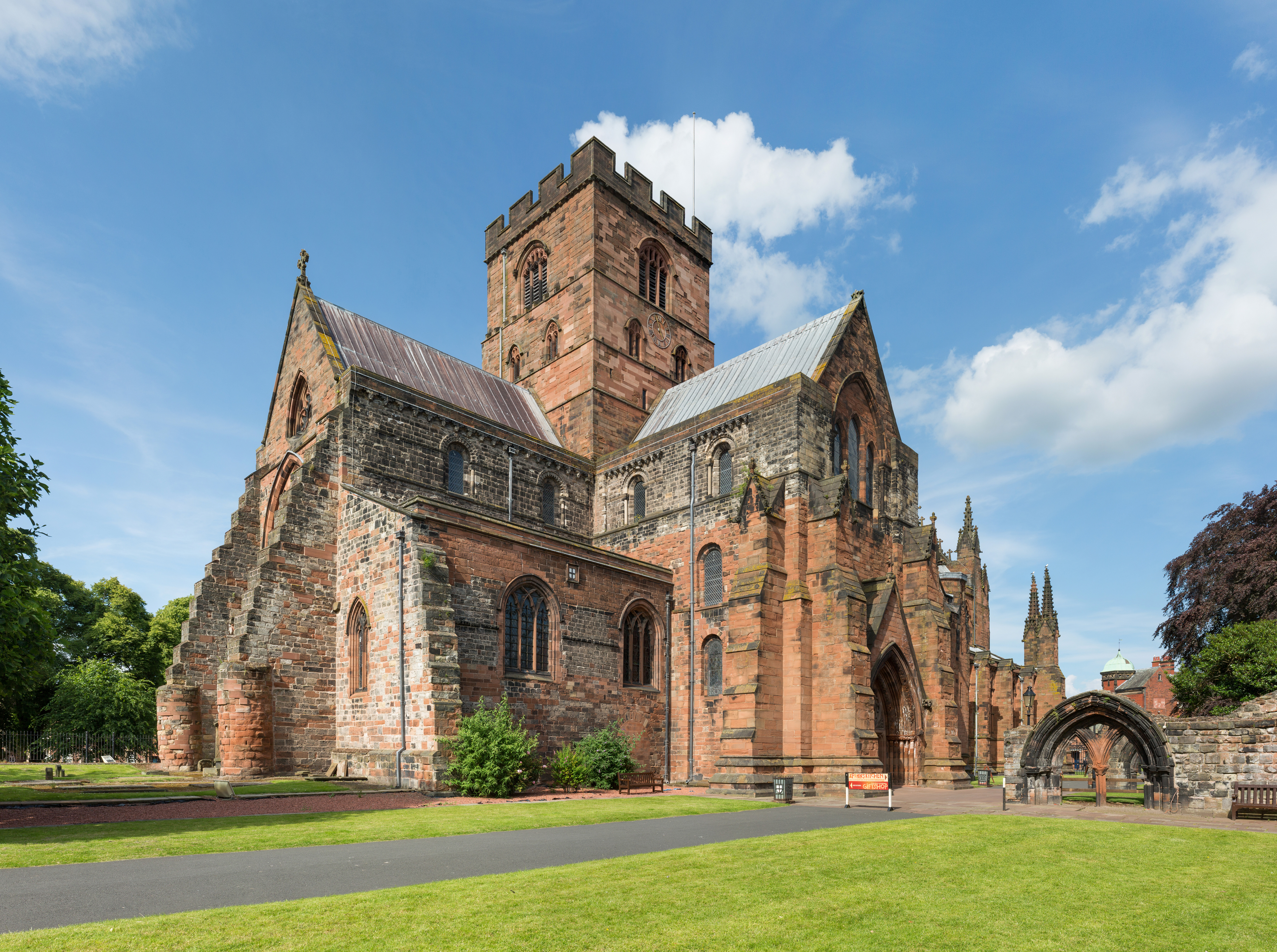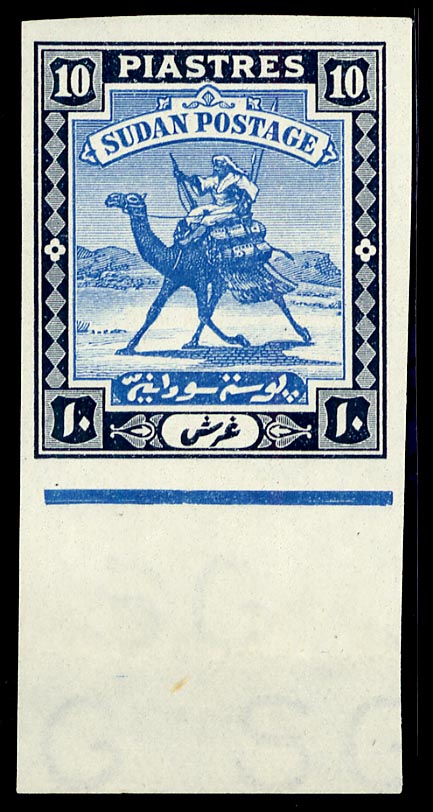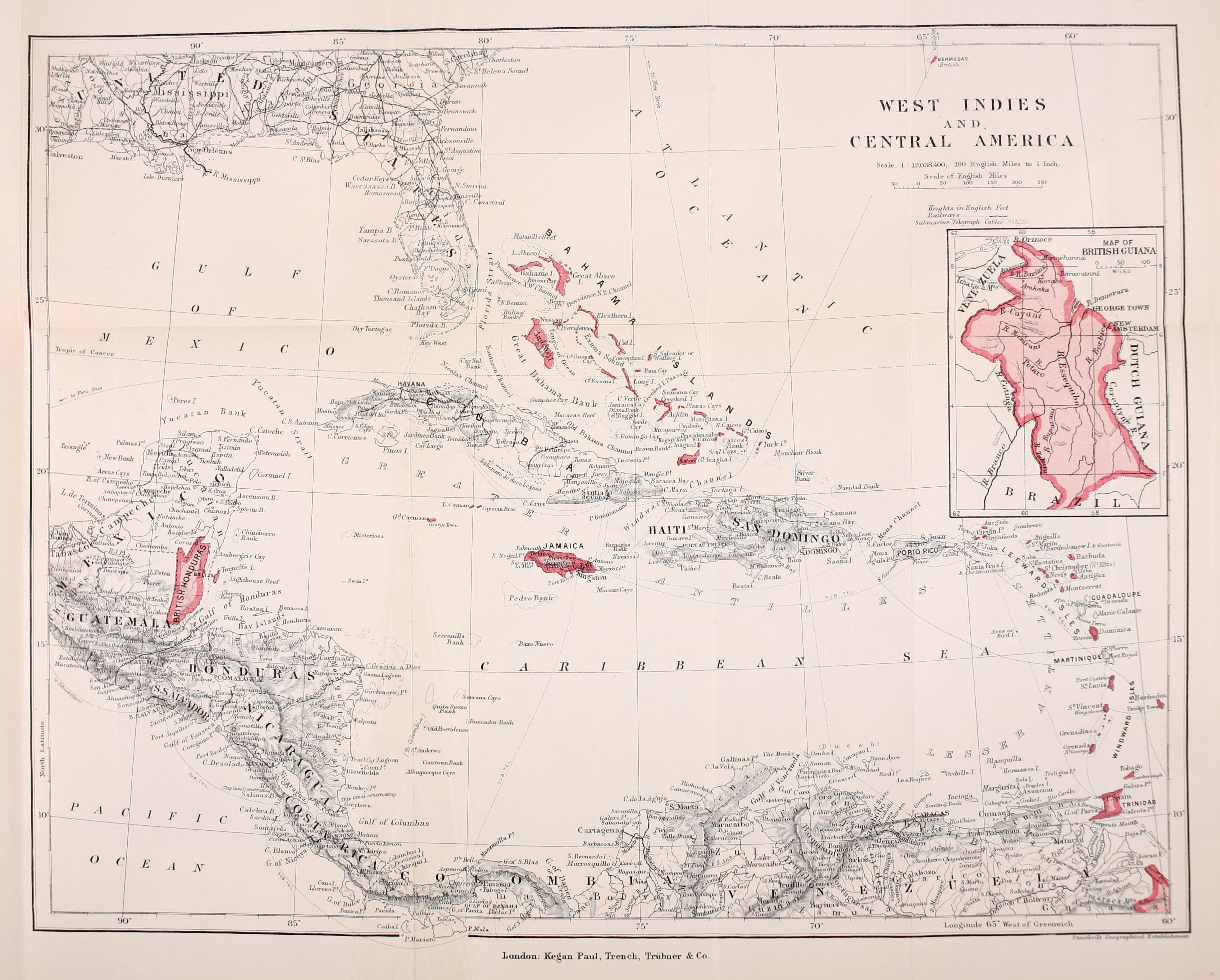|
Jane Longstaff
Mary Jane Longstaff, (née Donald; 27 August 1855 – 19 January 1935) was a British malacologist, specialising in fossil gastropods of the Palaeozoic. Early life Mary Jane Donald was born in 1855 in Carlisle. She was the eldest child of Matthew Hodgson Donald, a prominent local industrialist, and his wife Henrietta Maria Roper. She had three younger siblings. She was sent to a private girls' school in London, and then attended the Carlisle School of Art. Although she never had any formal scientific education, she was interested in nature from a very early age, and particularly in snails and other land and freshwater molluscs. Scientific work Donald educated herself. Her first paper on molluscs was read before a local scientific organisation in Cumberland in 1881. J. G. Goodchild, a British Geological Survey expert on northern British geology who was a member of this organisation, suggested that Donald undertake a study of some neglected groups of fossil shells. She subseq ... [...More Info...] [...Related Items...] OR: [Wikipedia] [Google] [Baidu] |
Carlisle
Carlisle ( , ; from xcb, Caer Luel) is a city that lies within the Northern English county of Cumbria, south of the Scottish border at the confluence of the rivers Eden, Caldew and Petteril. It is the administrative centre of the City of Carlisle district which, (along with Cumbria County Council) will be replaced by Cumberland Council in April 2023. The city became an established settlement during the Roman Empire to serve forts on Hadrian's Wall. During the Middle Ages, the city was an important military stronghold due to its proximity to the Kingdom of Scotland. Carlisle Castle, still relatively intact, was built in 1092 by William Rufus, served as a prison for Mary, Queen of Scots in 1568 and now houses the Duke of Lancaster's Regiment and the Border Regiment Museum. In the early 12th century, Henry I allowed a priory to be built. The priory gained cathedral status with a diocese in 1133, the city status rules at the time meant the settlement became a city. ... [...More Info...] [...Related Items...] OR: [Wikipedia] [Google] [Baidu] |
The Murchison Fund
The Murchison Fund is an award given by the Geological Society of London to researchers under the age of 40 who have contributed substantially to the study of hard rock and tectonic geology. It is named in honour of Prof. Roderick Impey Murchison. Recipients SourceMurchison Fund, The Geological Society See also * List of geology awards * Murchison Medal The Murchison Medal is an academic award established by Roderick Murchison, who died in 1871. First awarded in 1873, it is normally given to people who have made a significant contribution to geology by means of a substantial body of research and ... * Prizes named after people References 2006 awardsat Durham University at Geotimes at UCL Geology awards Awards of the Geological Society of London Awards established in 1873 British science and technology awards 1873 establishments in the United Kingdom {{geology-stub ... [...More Info...] [...Related Items...] OR: [Wikipedia] [Google] [Baidu] |
1935 Deaths
Events January * January 7 – Italian premier Benito Mussolini and French Foreign Minister Pierre Laval conclude an agreement, in which each power agrees not to oppose the other's colonial claims. * January 12 – Amelia Earhart becomes the first person to successfully complete a solo flight from Hawaii to California, a distance of 2,408 miles. * January 13 – A plebiscite in the Territory of the Saar Basin shows that 90.3% of those voting wish to join Germany. * January 24 – The first canned beer is sold in Richmond, Virginia, United States, by Gottfried Krueger Brewing Company. February * February 6 – Parker Brothers begins selling the board game Monopoly in the United States. * February 13 – Richard Hauptmann is convicted and sentenced to death for the kidnapping and murder of Charles Lindbergh Jr. in the United States. * February 15 – The discovery and clinical development of Prontosil, the first broadly effective antibiotic, is published in a series ... [...More Info...] [...Related Items...] OR: [Wikipedia] [Google] [Baidu] |
1855 Births
Events January–March * January 1 – Ottawa, Ontario, is incorporated as a city. * January 5 – Ramón Castilla begins his third term as President of Peru. * January 23 ** The first bridge over the Mississippi River opens in modern-day Minneapolis, a predecessor of the Father Louis Hennepin Bridge. ** The 8.2–8.3 Wairarapa earthquake claims between five and nine lives near the Cook Strait area of New Zealand. * January 26 – The Point No Point Treaty is signed in the Washington Territory. * January 27 – The Panama Railway becomes the first railroad to connect the Atlantic and Pacific Oceans. * January 29 – Lord Aberdeen resigns as Prime Minister of the United Kingdom, over the management of the Crimean War. * February 5 – Lord Palmerston becomes Prime Minister of the United Kingdom. * February 11 – Kassa Hailu is crowned Tewodros II, Emperor of Ethiopia. * February 12 – Michigan State University (the "pi ... [...More Info...] [...Related Items...] OR: [Wikipedia] [Google] [Baidu] |
British Museum (Natural History)
The Natural History Museum in London is a museum that exhibits a vast range of specimens from various segments of natural history. It is one of three major museums on Exhibition Road in South Kensington, the others being the Science Museum and the Victoria and Albert Museum. The Natural History Museum's main frontage, however, is on Cromwell Road. The museum is home to life and earth science specimens comprising some 80 million items within five main collections: botany, entomology, mineralogy, palaeontology and zoology. The museum is a centre of research specialising in taxonomy, identification and conservation. Given the age of the institution, many of the collections have great historical as well as scientific value, such as specimens collected by Charles Darwin. The museum is particularly famous for its exhibition of dinosaur skeletons and ornate architecture—sometimes dubbed a ''cathedral of nature''—both exemplified by the large '' Diplodocus'' cast that dominat ... [...More Info...] [...Related Items...] OR: [Wikipedia] [Google] [Baidu] |
Achatina Zebra
''Cochlitoma zebra'' is a species of giant snail in the family Achatinidae Achatinidae (New Latin, from Greek "''agate''") is a family of medium to large sized tropical land snails, terrestrial pulmonate gastropod mollusks from Africa. Well known species include ''Achatina achatina'' the Giant African Snail, and ''L .... References Achatinidae Gastropods described in 1792 Taxa named by Jean Guillaume Bruguière {{Mollusk-stub ... [...More Info...] [...Related Items...] OR: [Wikipedia] [Google] [Baidu] |
Anglo-Egyptian Sudan
Anglo-Egyptian Sudan ( ar, السودان الإنجليزي المصري ') was a condominium of the United Kingdom and Egypt in the Sudans region of northern Africa between 1899 and 1956, corresponding mostly to the territory of present-day Sudan and South Sudan. Legally, sovereignty and administration were shared between both Egypt and the United Kingdom, but in practice the structure of the condominium ensured effective British control over Sudan, with Egypt having limited, local power influence in reality. In the mean time, Egypt itself fell under increasing British influence. Following the Egyptian Revolution of 1952, Egypt pushed for an end to the condominium, and the independence of Sudan. By agreement between Egypt and the United Kingdom in 1953, Sudan was granted independence as the Republic of the Sudan on 1 January 1956. In 2011, the south of Sudan itself became independent as the Republic of South Sudan. In the 19th century, whilst nominally a vassal state of th ... [...More Info...] [...Related Items...] OR: [Wikipedia] [Google] [Baidu] |
British West Indies
The British West Indies (BWI) were colonized British territories in the West Indies: Anguilla, the Cayman Islands, Turks and Caicos Islands, Montserrat, the British Virgin Islands, Antigua and Barbuda, The Bahamas, Barbados, Dominica, Grenada, Jamaica, Saint Kitts and Nevis, Saint Lucia, Saint Vincent and the Grenadines, British Guiana (now Guyana) and Trinidad and Tobago. Other territories include Bermuda, and the former British Honduras (now Belize). The colonies were also at the center of the transatlantic slave trade, around 2.3 million slaves were brought to the British Caribbean. Before the decolonisation period in the later 1950s and 1960s the term was used to include all British colonies in the region as part of the British Empire. [...More Info...] [...Related Items...] OR: [Wikipedia] [Google] [Baidu] |
Southern Africa
Southern Africa is the southernmost subregion of the African continent, south of the Congo and Tanzania. The physical location is the large part of Africa to the south of the extensive Congo River basin. Southern Africa is home to a number of river systems; the Zambezi River being the most prominent. The Zambezi flows from the northwest corner of Zambia and western Angola to the Indian Ocean on the coast of Mozambique. Along the way, the Zambezi River flows over the mighty Victoria Falls on the border between Zambia and Zimbabwe. Victoria Falls is one of the largest waterfalls in the world and a major tourist attraction for the region. Southern Africa includes both subtropical and temperate climates, with the Tropic of Capricorn running through the middle of the region, dividing it into its subtropical and temperate halves. Countries commonly included in Southern Africa include Angola, Botswana, the Comoros, Eswatini, Lesotho, Madagascar, Malawi, Mauritius, ... [...More Info...] [...Related Items...] OR: [Wikipedia] [Google] [Baidu] |
North Africa
North Africa, or Northern Africa is a region encompassing the northern portion of the African continent. There is no singularly accepted scope for the region, and it is sometimes defined as stretching from the Atlantic shores of Mauritania in the west, to Egypt's Suez Canal. Varying sources limit it to the countries of Algeria, Libya, Morocco, and Tunisia, a region that was known by the French during colonial times as "''Afrique du Nord''" and is known by Arabs as the Maghreb ("West", ''The western part of Arab World''). The United Nations definition includes Morocco, Algeria, Tunisia, Libya, Egypt, Sudan, and the Western Sahara, the territory disputed between Morocco and the Sahrawi Republic. The African Union definition includes the Western Sahara and Mauritania but not Sudan. When used in the term Middle East and North Africa ( MENA), it often refers only to the countries of the Maghreb. North Africa includes the Spanish cities of Ceuta and Melilla, and plazas de so ... [...More Info...] [...Related Items...] OR: [Wikipedia] [Google] [Baidu] |
Statistician
A statistician is a person who works with theoretical or applied statistics. The profession exists in both the private and public sectors. It is common to combine statistical knowledge with expertise in other subjects, and statisticians may work as employees or as statistical consultants. Nature of the work According to the United States Bureau of Labor Statistics, as of 2014, 26,970 jobs were classified as ''statistician'' in the United States. Of these people, approximately 30 percent worked for governments (federal, state, or local). As of October 2021, the median pay for statisticians in the United States was $92,270. Additionally, there is a substantial number of people who use statistics and data analysis in their work but have job titles other than ''statistician'', such as actuaries, applied mathematicians, economists, data scientists, data analysts (predictive analytics), financial analysts, psychometricians, sociologists, epidemiologists, and quantitative psycholo ... [...More Info...] [...Related Items...] OR: [Wikipedia] [Google] [Baidu] |
Lepidopterist
Lepidopterology ()) is a branch of entomology concerning the scientific study of moths and the three superfamilies of butterflies. Someone who studies in this field is a lepidopterist or, archaically, an aurelian. Origins Post- Renaissance, the rise of the "lepidopterist" can be attributed to the expanding interest in science, nature and the surroundings. When Linnaeus wrote the tenth edition of the ''Systema Naturae'' in 1758, there was already "a substantial body of published work on Lepidopteran natural history" (Kristensen, 1999). These included: * ''Insectorum sive Minimorum Animalium Theatrum'' – Thomas Mouffet (1634) * ''Metamorphosis Naturalis'' – Jan Goedart (1662–67 ) * ''Metamorphosis insectorum Surinamensium'' – Maria S. Merian (1705), whose work included illustrated accounts of European Lepidoptera * ''Historia Insectorum'' – John Ray (1710) * ''Papilionum Brittaniae icones'' – James Petiver (1717) History Scholars 1758–1900 was the era of the ... [...More Info...] [...Related Items...] OR: [Wikipedia] [Google] [Baidu] |






